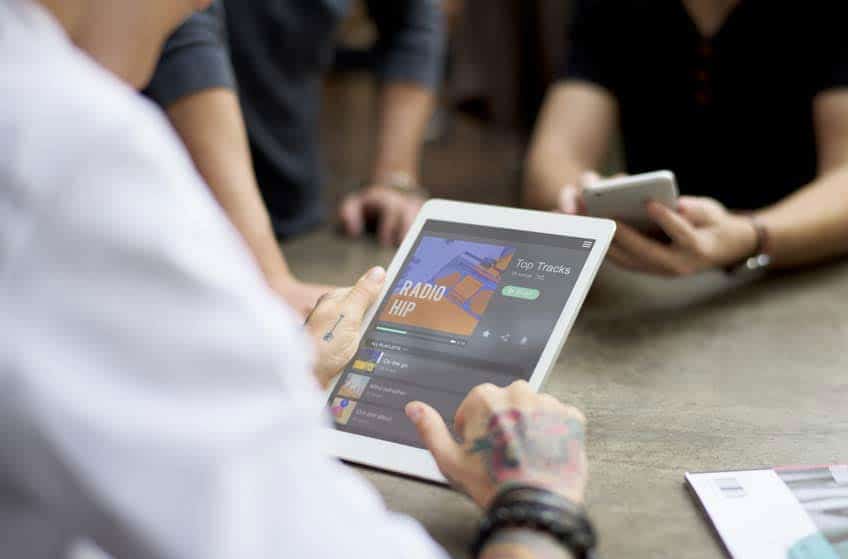Spotify is a music streaming service which uses a freemium model. The free version forces listeners to hear ads, similar to YouTube. Like other freemium platforms, Spotify tries to get users to upgrade to a premium subscription, currently priced at $9.99 per month. Headquartered in Sweden, the service is available in 65 regions, according to Wikipedia.
Music can be browsed on the platform using genre, artist, and album, and playlists can be generated and shared via social media channels. As of September 2018, Spotify provides access to more than 35 million songs for 180 million active users worldwide, of which 83 million are paying subscribers.
Spotify earns money from its paying subscribers and also from ads from third-party advertisers on the site.Spotify pays artist royalties based on the number of streams of their songs as a proportion of total songs streamed on the platform. This is different from traditional song royalties, which calculate fixed payments to artists based on the number of times a song is played or a recording is sold.
While Spotify has received criticism from artists such as Taylor Swift and Thom Yorke who claim artists are not compensated fairly, the company announced in 2016 that it had paid out over $5 billion to the music industry, representing 70% of its revenues. They also promised at that time to pay out another $2 billion over the following two years.
According to recent news reports, they paid out much more than that in 2017 alone. A study has shown that the bulk of Spotify’s revenues are paid to independent labels, not artists, and the labels keep a significant portion of the money. While this has been good for the labels, it hasn’t helped the artists as much.
While artists have complained that they are not paid fairly for their streams, in its defense Spotify claims to be beneficial to musicians and their labels by working to lure listeners away from piracy sites while encouraging them to upgrade to premium listening services.
Overall, there is a feeling that Spotify has been good for the music industry as it offers a new model for monetization of music content. Since revenues from recorded music had recently fallen to historic lows, the consensus seems to be that anything that can get people paying even small amounts for listening to music is a good thing.
In the end, streaming has increased revenues from recorded music compared to several years ago. The company still hasn’t turned a profit, again, according to Wikipedia. Spotify is doing all it can to be the dominant player in streaming music subscription services.
